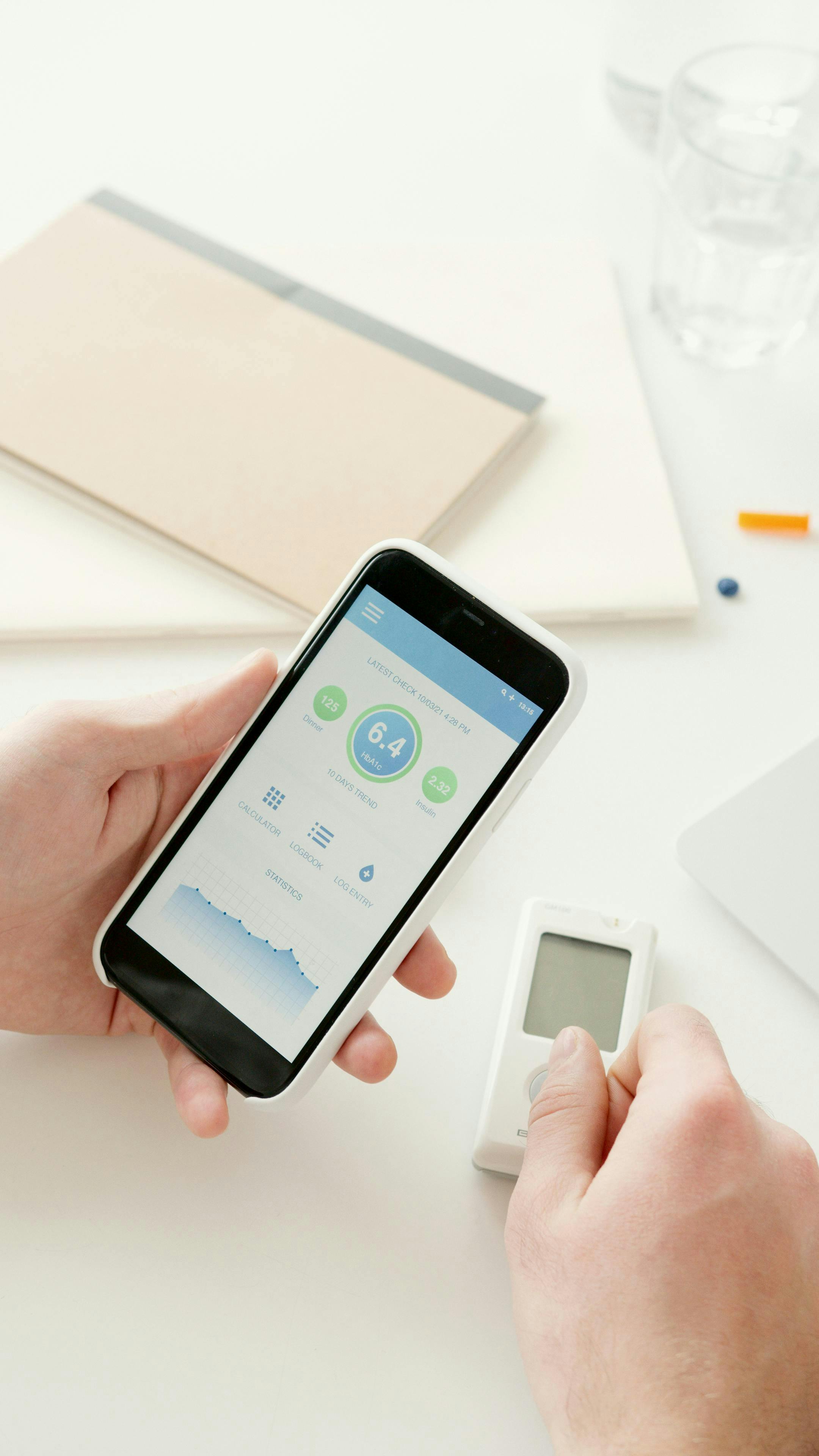The Role of Testing in App Development Costs

When businesses think about app development costs, they often focus on design, coding, and deployment, but one critical component that significantly impacts the budget is testing. The Quality Assurance (QA) and testing phases of app development ensure the product functions as intended, meets user expectations, and is free from errors. While testing adds to the development timeline and budget, it is a necessary investment that can save substantial costs in the long run.
In this blog, we’ll explore how the testing phase influences the overall cost of app development and why it’s a vital part of creating a successful app.
Why Is Testing Essential in App Development?
Testing is the process of evaluating an app’s performance, functionality, security, and usability. Its primary purpose is to identify and fix issues before the app reaches end users. Skipping or minimising testing can result in bugs, crashes, poor user experiences, and even reputational damage—issues that are far more expensive to address post-launch.
Effective testing ensures:
Error-Free Performance: Detects and resolves coding errors that could disrupt functionality.
Seamless User Experience: Verifies the app’s interface is intuitive and responsive.
Security Compliance: Identifies vulnerabilities to protect user data and ensure regulatory compliance.
Device Compatibility: Ensures the app works smoothly across different devices and platforms.
How Testing Influences App Development Costs
Testing contributes to app development costs in several ways, but it also plays a crucial role in reducing long-term expenses.
1. Increased Initial Development Costs
Testing adds to the upfront costs of app development because it requires additional resources, tools, and expertise. Depending on the complexity of your app, you may need to invest in manual testing, automated testing tools, or both.
However, these costs should be viewed as a proactive measure to avoid expensive issues later. Catching and fixing bugs during development is far cheaper than resolving them after launch.
2. Time Allocation and Team Resources
The testing phase can extend the overall development timeline, particularly if your app undergoes rigorous QA procedures. This added time translates to higher development costs. However, investing in testing ensures a smoother launch and reduces the likelihood of emergency fixes, which can disrupt business operations and escalate costs.
3. Scope and Depth of Testing
The complexity of your app dictates the scope of testing required. Apps with advanced features like AI, real-time updates, or payment gateways demand extensive testing to ensure flawless performance. While this increases costs, it ensures that these critical features function as expected, enhancing user satisfaction and retention.
Cost-Saving Benefits of Comprehensive Testing
While testing adds to initial costs, it also generates significant savings over the app’s lifecycle:
1. Reducing Post-Launch Bug Fixes
Fixing issues after an app has launched is not only expensive but can also harm your brand’s reputation. Testing ensures that most bugs are resolved before the app goes live, reducing the need for emergency updates and patches.
2. Improving User Retention
A bug-free app enhances user satisfaction, leading to higher retention rates. Poorly tested apps often receive negative reviews, which can result in costly marketing campaigns to rebuild user trust.
3. Avoiding Security Breaches
Security vulnerabilities can lead to data breaches, which are both financially and reputationally devastating. Investing in security testing ensures your app is protected, saving potential costs related to legal actions, fines, or user compensation.
4. Supporting Scalability
Comprehensive testing ensures your app can handle increased traffic or additional features without performance issues. This reduces future development costs by minimising the need for rework.
Types of Testing and Their Impact on Costs
To understand how testing influences your app development costs, it’s important to consider the various testing methods:
Manual Testing: Involves human testers evaluating the app for bugs and usability issues. While time-consuming, it is essential for assessing user experience.
Automated Testing: Utilises tools to perform repetitive tests quickly and efficiently. Though the initial setup is costly, it reduces long-term expenses for apps requiring frequent updates.
Performance Testing: Measures the app’s response time, scalability, and stability under different conditions. This is crucial for apps expecting high user traffic.
Security Testing: Focuses on identifying vulnerabilities and ensuring data protection. This is particularly important for apps handling sensitive information.
Compatibility Testing: Verifies that the app works across various devices, operating systems, and browsers.
Each testing type adds to the development budget but ensures a high-quality product that performs reliably.
Balancing Testing Costs and Quality
To manage testing costs effectively without compromising quality, consider the following strategies:
Prioritise Critical Features: Focus on testing the most important and high-risk features first.
Leverage Automated Testing: Use automation for repetitive tasks while reserving manual testing for complex scenarios.
Test Early and Often: Incorporate testing throughout the development lifecycle to identify and fix issues as they arise, reducing overall costs.
Choose the Right Testing Tools: Invest in tools that align with your app’s requirements to streamline the process.

Conclusion
Testing is an indispensable part of app development that directly impacts costs. While it adds to the upfront budget, comprehensive testing prevents costly post-launch fixes, ensures a positive user experience, and enhances the app’s overall value. Investing in quality testing is a proactive approach that saves money over the long term and contributes to the success of your app.
Contact ... today to learn how we can help you build an app that’s reliable, user-friendly, and cost-effective.
Ready to have a conversation?
Book a call with us